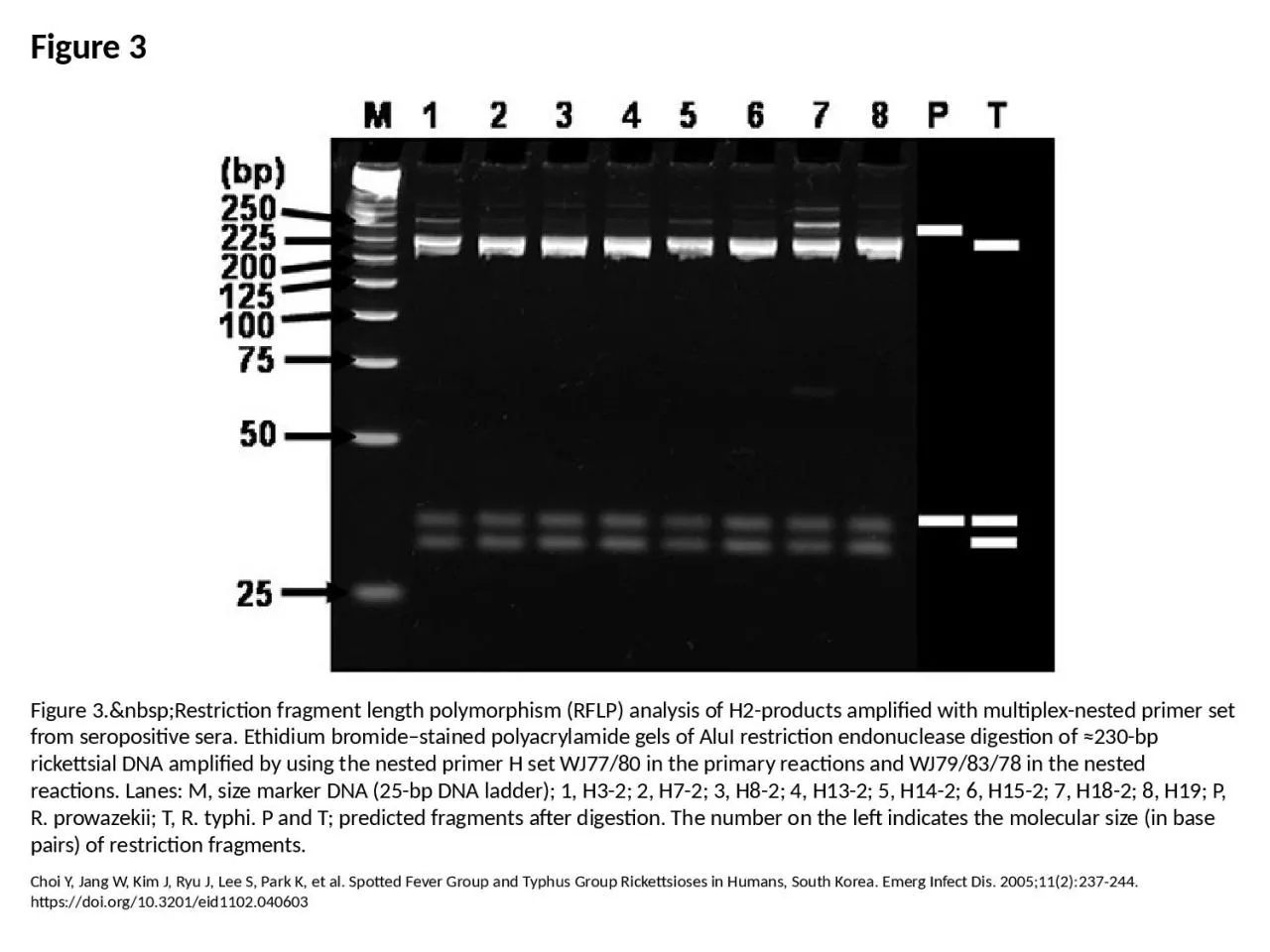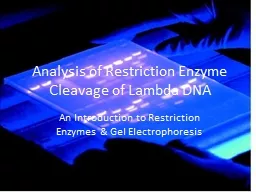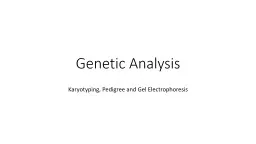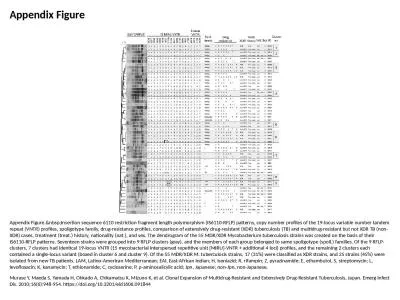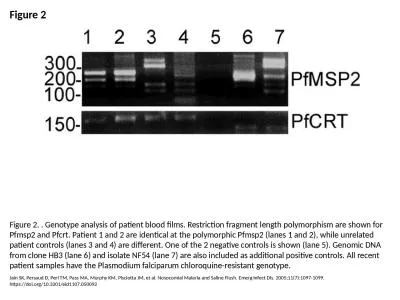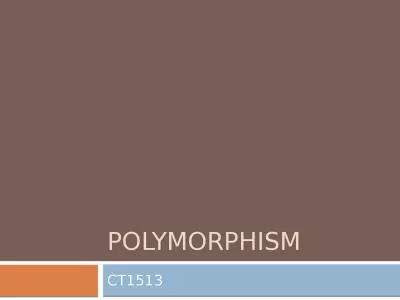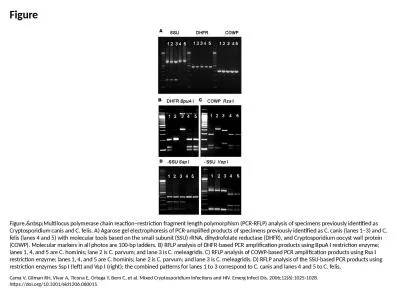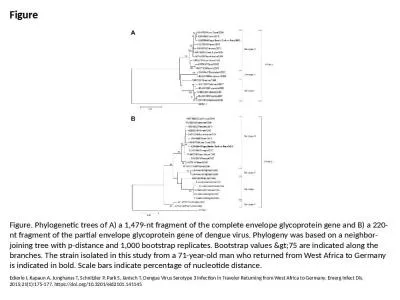PPT-Figure 3 Figure 3. Restriction fragment length polymorphism (RFLP) analysis of
Author : brianna | Published Date : 2023-08-31
Choi Y Jang W Kim J Ryu J Lee S Park K et al Spotted Fever Group and Typhus Group Rickettsioses in Humans South Korea Emerg Infect Dis 2005112237244 httpsdoiorg103201eid1102040603
Presentation Embed Code
Download Presentation
Download Presentation The PPT/PDF document "Figure 3 Figure 3. Restriction ..." is the property of its rightful owner. Permission is granted to download and print the materials on this website for personal, non-commercial use only, and to display it on your personal computer provided you do not modify the materials and that you retain all copyright notices contained in the materials. By downloading content from our website, you accept the terms of this agreement.
Figure 3 Figure 3. Restriction fragment length polymorphism (RFLP) analysis of: Transcript
Download Rules Of Document
"Figure 3 Figure 3. Restriction fragment length polymorphism (RFLP) analysis of"The content belongs to its owner. You may download and print it for personal use, without modification, and keep all copyright notices. By downloading, you agree to these terms.
Related Documents

